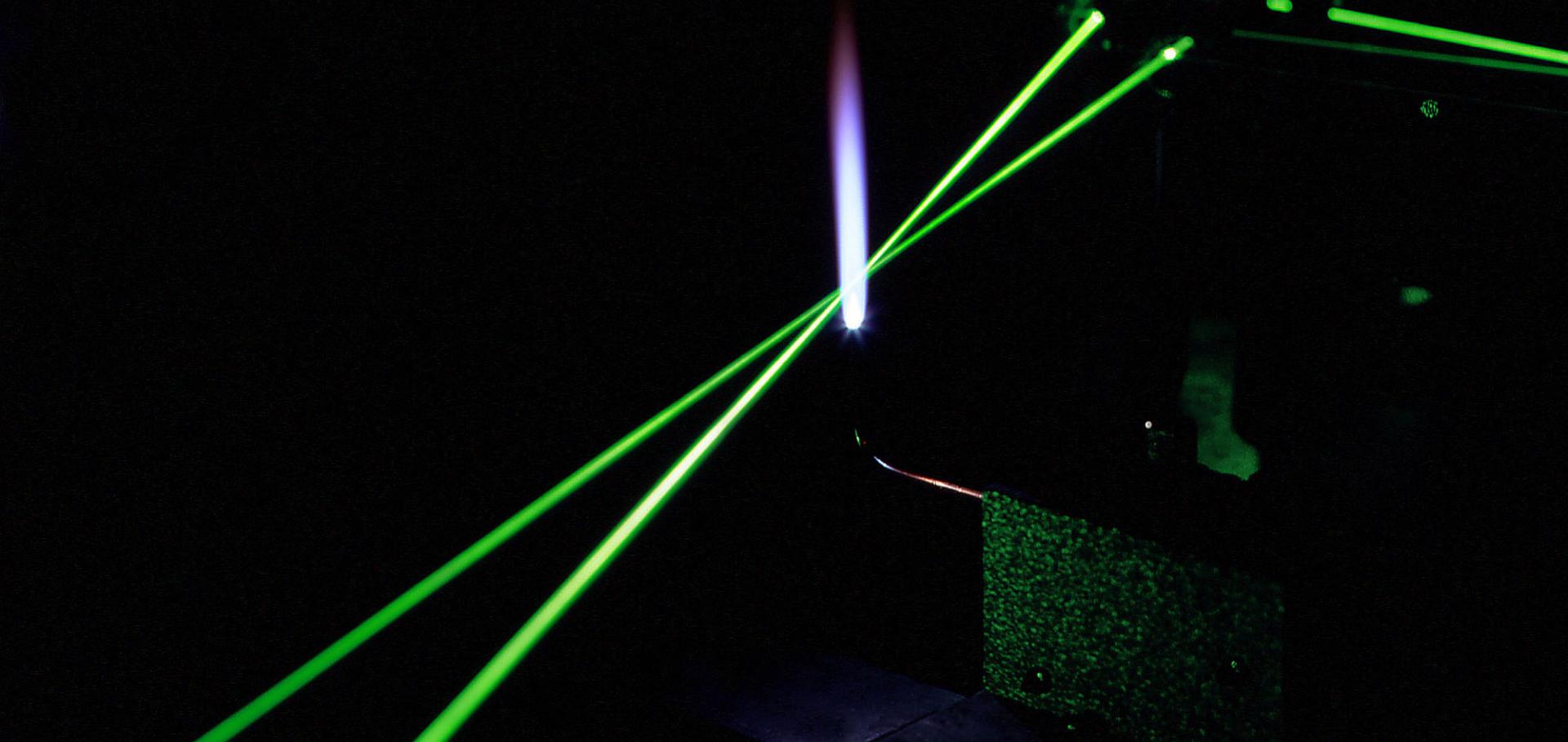Comparison of in-cylinder coherent anti-Stokes-Raman scattering temperature measurements with predictions from an engine simulation
International Journal of Engine Research SAGE Publications 2:2 (2001) 149-162
Stochastic field-induced nonlocal resonances in four-wave mixing
Physical Review A. Atomic, Molecular, and Optical Physics 64:6 (2001)
Abstract:
A coherence mechanism that protects cavity QED dark states from motional entanglement was identified. It was shown that in the case of near coaxial standing waves, and in the Lamb-Dicke limit ηL,C2 ≪ 1, the decoherence rate is much smaller than an estimate based on the size of the laser or cavity field Lamb-Dicke parameters would suggest.Stochastic field-induced nonlocal resonances in four-wave mixing
PHYSICAL REVIEW A 64:6 (2001) ARTN 063806
Temperature and heat flux measurements in a spark ignition engine
SAE Technical Papers (2000)
Abstract:
This paper has two parts. The first compares the measured burned gas temperature using Coherent Anti-Stokes Raman Scattering (CARS) with the predictions of a multiple zone computer simulation of combustion. The second part describes a system that is capable of determining the heat flux into the combustion chamber by means of measuring the chamber surface temperature. It is shown that the multi-zone computer simulation can accurately predict the burned gas temperature once the fuel burn rate has been analyzed and the model tuned correctly. The effect of different fuels (methane and iso-octane) on the burned gas temperature is reported. A high burn rate or more advanced ignition timing gave a lower burned gas temperature towards the end of the engine cycle. The surface heat flux was deduced from measurements of the surface temperature by using a finite difference method. From the experimental results, it was found that there are significant cycle-by-cycle variations in the surface heat flux in both the magnitude and phasing. Therefore, a cycle averaged heat flux has significantly different characteristics from a single cycle. These cycle-by-cycle variations in the heat flux were associated with corresponding variations of the propagation of the flame through the combustion chamber. This in turn is due to the variations in combustion. The effects of ignition timing and air-fuel mixture on the surface heat flux are reported. Comparisons between experimental surface heat flux measurements and established heat transfer models show large discrepancies. Copyright © 2000 Society of Automotive Engineers, Inc.Investigation of engine knock using double-pulse planar laser induced fluorescence
(2000) 86


